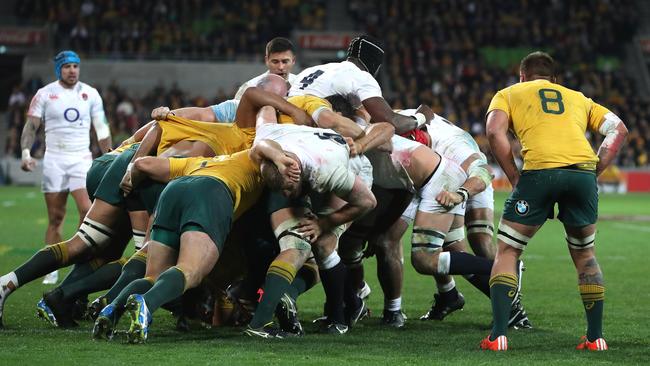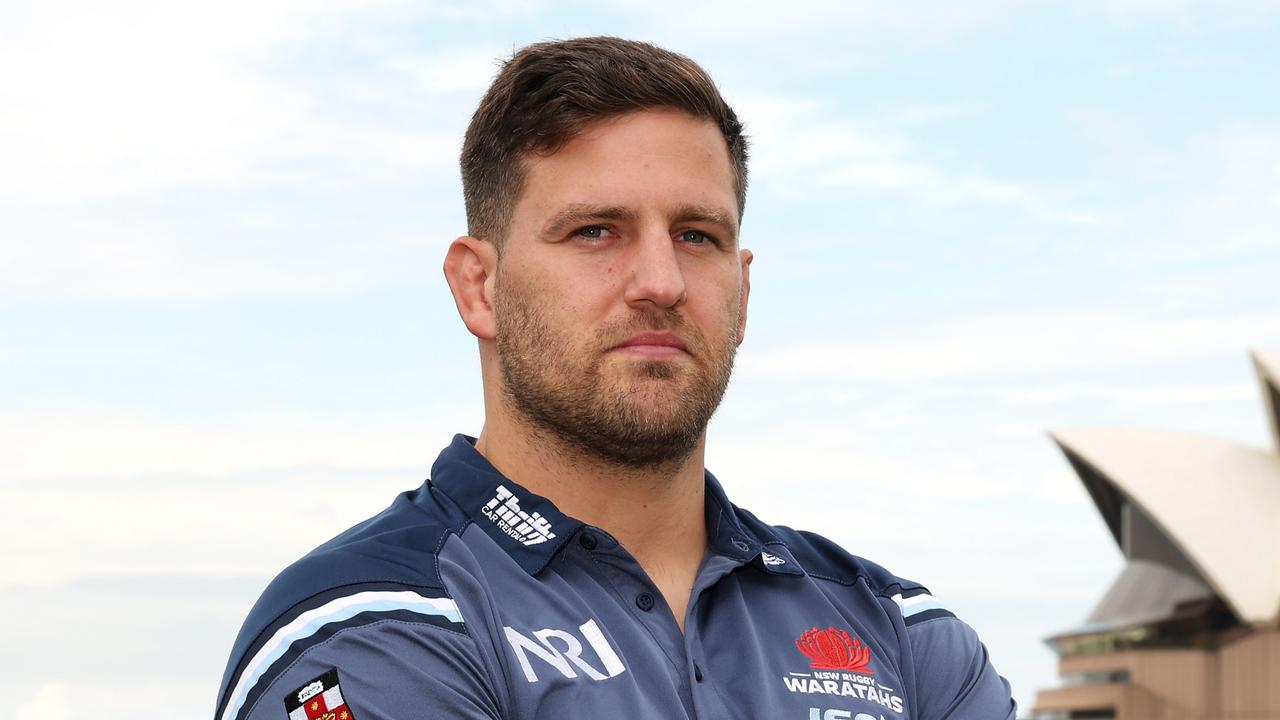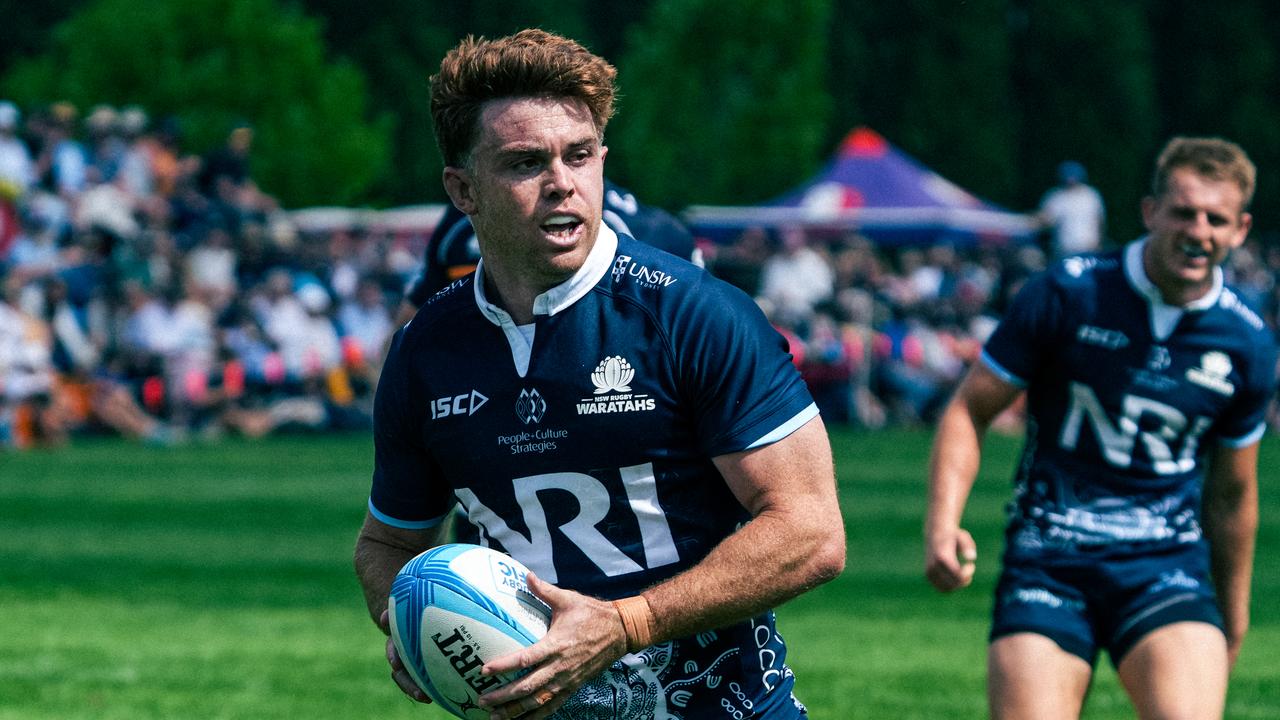All-Australian rugby competition the perfect time to test new rules
An all-Australian rugby competition serves up the chance to trial radical new rules to spice the game up.

Given that whenever Super Rugby resumes, it will be initially an entirely Australian product, Rugby Australia executive chairman Paul McLean has given his staff carte blanche to recommend whatever law variations they believe are necessary.
The COVID-19 pandemic has provided rugby with an unprecedented opportunity to hit the “reset” button, to address a whole range of problems. But while the heavy emphasis has been on getting the competition structure right, presumably based on some form of trans-Tasman series, the problems do not end there.
Rugby’s laws have become so byzantine and elaborate that even lifelong watchers of the game can now be presented with an utterly baffling refereeing decision. There is, as well, the growing incidence of time-wasting in the game. Scrums, that back in the 1970s used to form up and be set within a matter of seconds, are now occupying whole minutes; while lineouts invariably present the defending side with an opportunity for someone to tie up his shoelaces or for the attacking side to go into a lengthy huddle before the forwards form up.
Under normal circumstances, any law variations proposed by Australia — and it is Australia that tends to be the country most pushing for changes, given that it is operating in the most competitive sporting marketplace in the world — have to go through the long and involved World Rugby process of being discussed, being approved for trialling, evaluating those trials, applying them globally and ultimately voting on them worldwide.
Usually things do not end well. In 2006, the then International Rugby Board set up a nine-member panel known as the law project group and set them to work reviewing and updating the laws of the game. They came up with 23 experimental law variations but in 2008 only 13 of them were trialled. The following year, 10 of the 13 ELVs were finally approved but among the ones rejected on safety grounds was the ability of a defending side to bring down a maul.
Eleven years later, the driving maul off the lineout has developed into an almost-unstoppable way of scoring tries, with teams effectively forming up in scrum formation — sometimes committing as many as a dozen players — to shield the ball-carrier from being tackled.
But in this unique window during the pandemic, that drawn-out process of rule-making won’t apply.
“We were talking about the laws yesterday and I said we should all be thinking about what laws we want to play,” McLean said. “Nothing is off the table.”
The Super Rugby reboot might eventually include cross-over finals against the New Zealand provinces but in the first instance, it will just include the four Australian sides — the Waratahs, Reds, Brumbies and Rebels — plus the Western Force. With no other nation to please, Australia can take liberties to make the game more attractive.
“We are looking broadly at the opportunity to present a game that engages fans, especially on TV, as we look to play in closed stadiums,” said Ben Whitaker, general manager professional rugby services.
“We will hold discussions with Fox on what these additional activations could look like as well as continue to work with the Super teams and the players on what they can do in this regard.”


